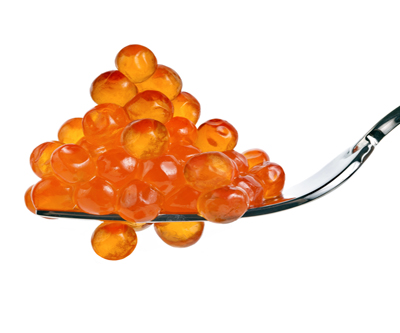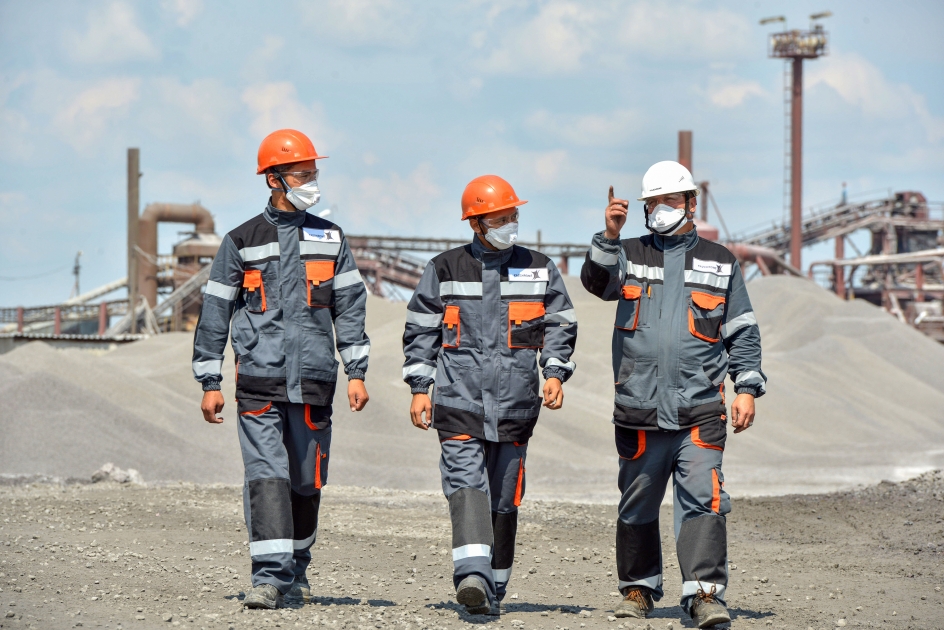Pebble mine: ‘If God were testing us, he couldn’t have found a more challenging place’

The Pebble project in Alaska, a 50-50 partnership between Anglo American and Northern Dynasty Minerals, is the subject of a new documentary from Frontline called Alaska Gold Which aired on Tuesday and can be watched in full on PBS’ website.
It is arguably the richest prize in mining. The deposit hosts 55 billion pounds of copper, 76 million ounces of gold, 3.3 billion pounds of molybdenum, and quantities of silver, palladium and rhenium.
So far the Pebble Partnership has invested about $500 million over almost a decade and the project has its backers including former Alaska governor Sarah Palin, but has run into strong resistance from environmental groups.
Frontline finds many against Pebble including a former Alaska state senator named Rick Halford:
He cleared his land with dynamite. He calls himself the “ideal redneck Republican”. As a longtime leader in the state legislature, he never met a hard-rock mine he didn’t like.
That is, until he took a long look at the proposed Pebble Mine in south-west Alaska. It is a phenomenal prospect, the biggest and richest in North America. But to dig a mine there is to make a Faustian bargain that involves an agonizing Alaskan twist.
In return for copper and gold worth an estimated $500bn, state and federal regulators risk poisoning what scientists describe as the last best place on earth for millions of wild salmon.
“If God were testing us, he couldn’t have found a more challenging place,” said Halford, who helped write Alaska’s industry-friendly mining laws when he was president of the state senate.
But the project also has its supporters, including among locals:
“If Pebble wasn’t here, I don’t know where I would be working,” said Sheena Ishnook, 23. She has a $17.50-an-hour job operating an incinerator in Newhalen, a village on the lake. The job is funded by the Pebble Partnership, as part of its campaign to win over local support.
With her savings, Ishnook bought an iPad and is saving for a snow blower and a pick-up truck. She knows that the mine might harm the salmon she and her family rely on for food. “It is kind of a big risk,” she said. “But other than that, it gives us job opportunities, makes us stay here at home instead of moving away.”
Pebble was slammed in an EPA report released in May concerning the proposed open pit mine and 140 km slurry pipeline upstream from Lake Iliamna – part of a water system where 30–40 million sockeye salmon spawn each year – and the impact on the world’s largest salmon fishery, 80 km south of the lake in Bristol Bay.
Last November, 81% of the Bristol Bay Native Corporation — the largest private landholder in southwest Alaska — rejected the mine on the basis that it will “unavoidably put at risk the ‘fisheries and our Native way of life.”
A month earlier, voters in the Lake and Peninsula Borough narrowly supported (by 34 votes) a ballot measure put forward by anti-Pebble activists that would restrict future development that affects more than one square mile of land within the 31,000 square mile borough.
The ordinance, however, is being challenged in court by the State of Alaska which argues that it seeks to undermine state authority over large-scale resource development.
More News
{{ commodity.name }}
{{ post.title }}
{{ post.date }}




Comments